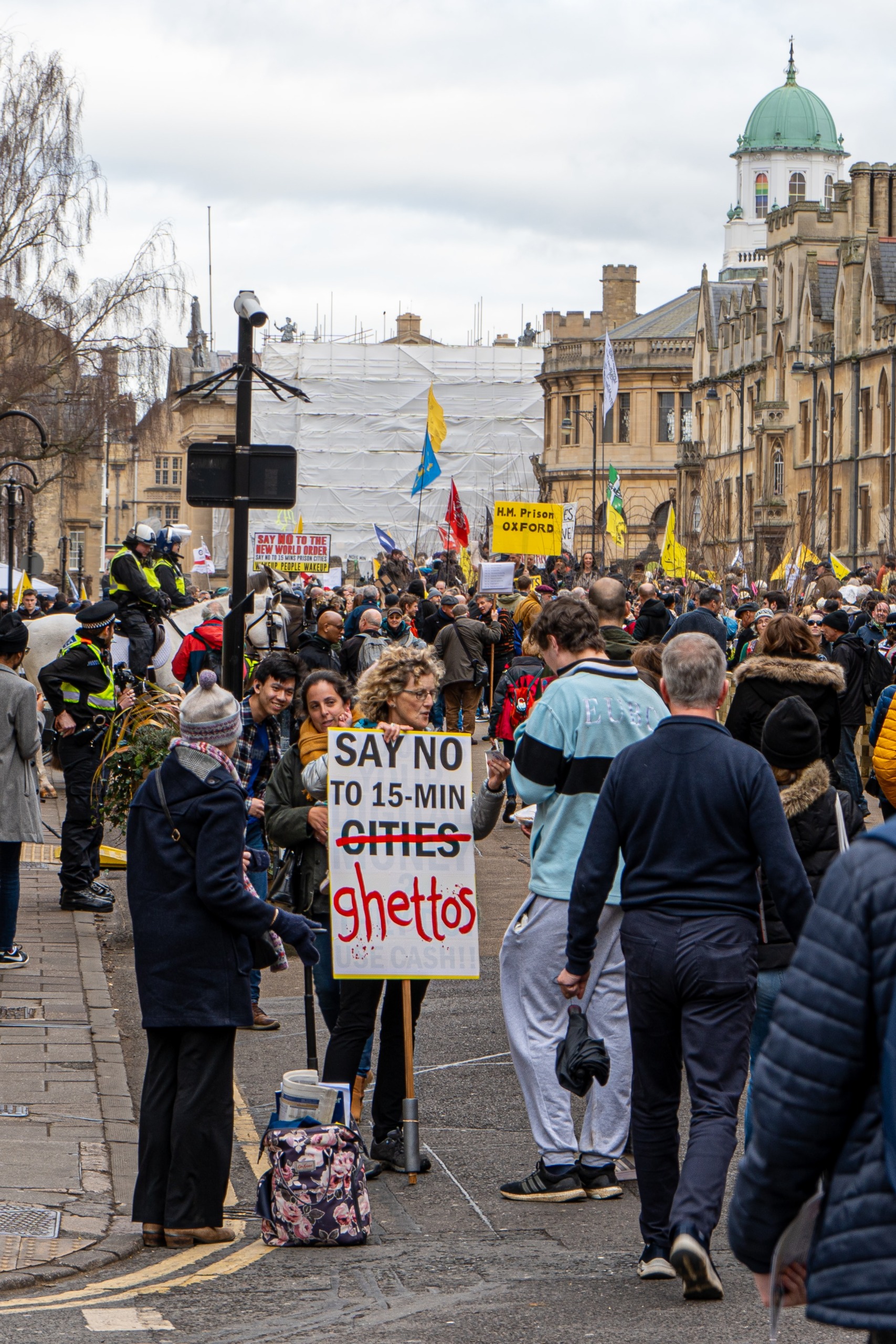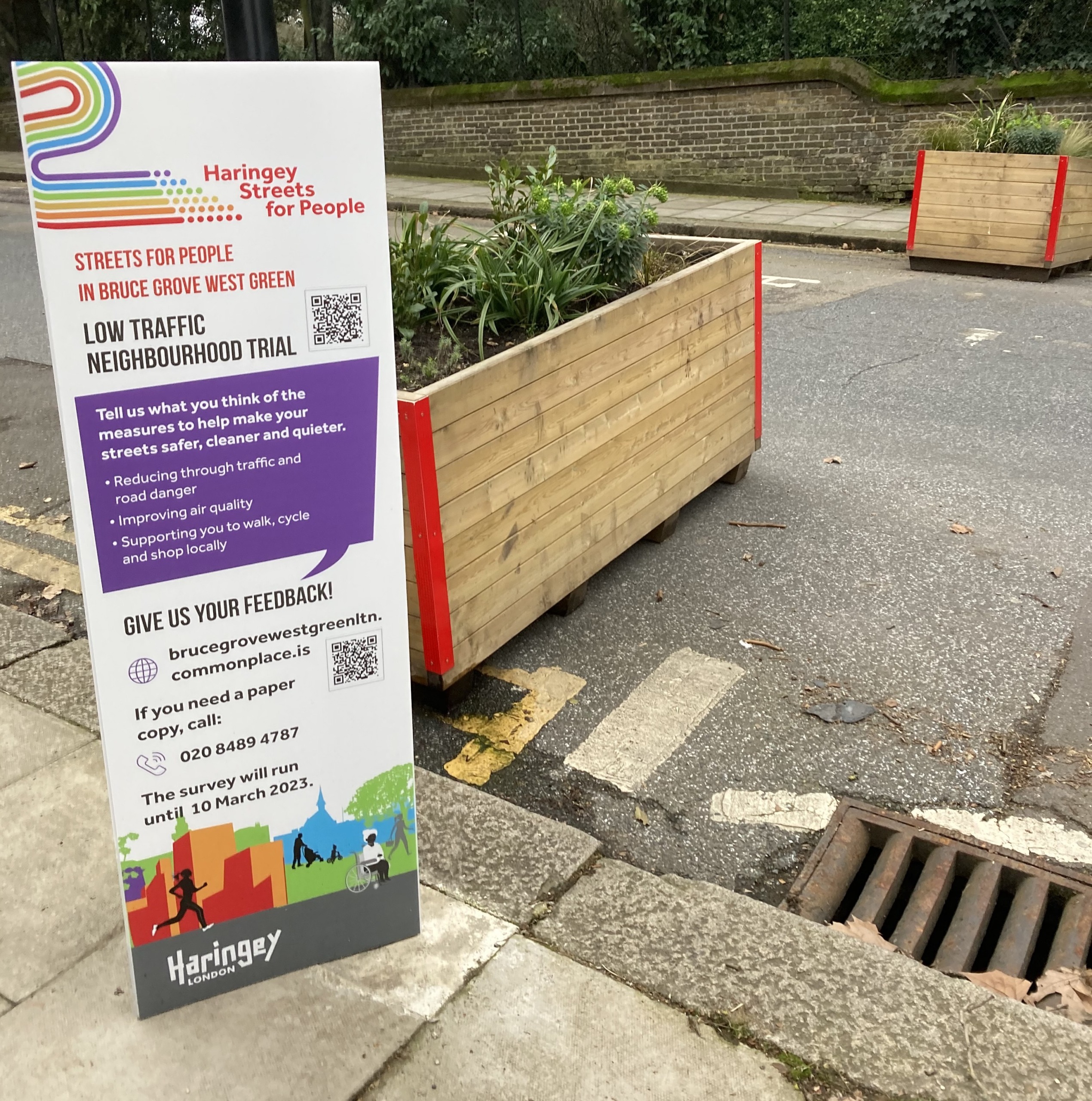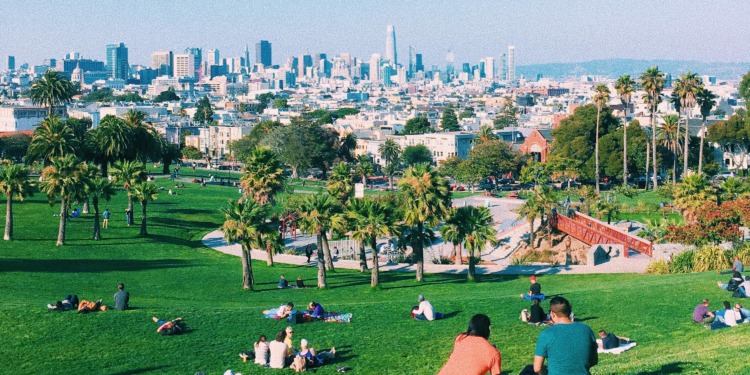If you can cast your mind back to the common naivety we shared before COVID, you might remember the early days of the unfolding pandemic. It was a time before the problems posed by the outbreak became black and white or, perhaps more fittingly, red and blue.
The first few days of March 2020 had a certain quality reminiscent of the aftermath of 9/11. The world had clearly changed so drastically and so quickly that everyone forgot to hate the opposite political party for a moment and chose to fear and face the future together.
I’m talking about those primitive, long-forgotten days before COVID became a politically divisive topic – a fleeting moment, until it all changed.
COVID revealed many ugly truths about society, including the unfathomable and indefatigable ability of society to imbue the most apolitical issues, like the possibility of losing loved ones, with a polarising political charge.
Until recently, I would have guessed that the possibility of grandparents dying en masse would be the best example of this phenomenon in my lifetime.
Then, I heard about the controversy surrounding the 15-minute city.
15-minute cities: An idea to save you time
The 15-minute city is an idea, an urban planning concept, a complete overhaul in how our cities are organised and now, the latest plaything of far-right conspiracy theorists.
The idea has circulated for over a decade, at least since an architect named Kent Larson presented a TedTalk about urban planning that introduced the idea of 20-minute cities in 2012.
In Larson’s opinion, the 15-minute city is actually the first version of civilisation, an old idea that modern humanity would benefit from revisiting:
“Settlements typically began with people clustered around a well, and the size of that settlement was roughly the distance you could walk with a pot of water on your head.”
The idea gets its name from the goal laid out for one such city: that the average resident be able to access all of their essential services — living, working, commerce, healthcare, education, and entertainment — within a 15-minute walk or bike ride of their home.
In the image that its proponents paint, the modern city will become a network of smaller, self-contained neighbourhoods, all of which are connected to each other with clean and efficient public transportation.
Tu-My Tran, the Head of Sustainable Mobility at ICLEI, a global network of local governments committed to sustainable urban network, spoke to Impakter about the concept, saying:
“The 15-minute city is a fascinating and relatable approach. Everyone values time – it is the most precious non renewable resource we have. Even more so due to the pandemic, who does not want to live in a city or neighborhood where all your essential needs are met within 15 minutes from home walking or cycling?” (bolding added)
A city that is intentionally planned with the convenience of human beings in mind would act as an alternative to modern cities, which have mostly developed around the needs of automobiles and have now fallen prey to the twin issues of congestion and pollution.
It’s an attempt to have one’s cake and eat it too, to reap the benefits of urban dwelling, like connectedness and proximity to centres of commerce, politics and culture, whilst bypassing the negatives that we have come to associate with it, like separation from nature, pollution and overcrowding.
Carlos Moreno, the thinker who has arguably done the most to make this idea a reality, defines the idea as “an attempt to reconcile the city with the humans that live in it.”
For anyone who lives in an area defined by urban sprawl, a 15-minute city surely sounds like paradise.
However, whilst the theory sounds promising, the reality of making it happen involves logistical challenges. It would require taking the ruthlessly organic nature of un-planned or poorly zoned urban development and introducing a mould around which the city might reshape itself.
After all, a busy city won’t just stop to let us tinker with its mechanisms.
Moreno has helped the concept gain traction thanks in part to the timing of his well-known article about the topic which was published in 2021, at a time when both the general public and governments were more tempted to radically rebuild modern society from the ground up than at any other point in recent history.
Describing the motivation behind the project, he says:
“Our acceptance of the dysfunction and indignities of modern cities has reached a peak. We need to change that; we need to change it for the sake of justice, of our well-being and of the climate.”
The resounding urge to “build back better” in the wake of the COVID-19 pandemic offered an accommodating audience for this motivation.
For his development of the 15-minute city framework, Moreno received the 2021 Obel Award – an annual award to honour “recent and outstanding architectural contributions to human development all over the world.”
Whilst compelling in theory, are plans for a 15-minute city realistic?
Interestingly, the first major city that has chosen to adopt the framework – Paris, France – is used as an example in Larson’s 2012 TedTalk of where the model has already occurred naturally to a certain extent.
The twenty arrondissements municipaux into which Paris is divided are based on the separate enclaves and neighbourhoods that developed in Medieval Paris, before the era of the automobile, making Paris a perfect first place to trial a formal adoption of the concept.
Since mayor Anne Hidalgo made the project a centrepiece of her 2020 re-election campaign, cities including Barcelona, Bogotá, Buenos Aires, Melbourne, Milan, Paris and Portland have all introduced policies that they hope will be a stepping stone to manifesting this vision.
The plan has taken off in the UK especially; several local governments including Bristol, Birmingham, Canterbury, Ipswich and Sheffield have said they hope to implement a 15-minute city plan.
As more local governments worldwide take an interest in this novel urban design, ICLEI’s Tran has described the recommended approach to urban overhaul:
“Local governments wishing to start planning a 15 minute city should create a vision, establish participatory processes to identify the needs, outline an action plan including allocation of resources, and start implementing & evaluating.”
Making this happen requires concrete and innovative action which accounts for three key features: the rationale of the city should accommodate humans rather than cars, each square metre should serve many different purposes, and neighbourhoods should be designed so that people can live, work and thrive without having to constantly commute.
Currently, the consensus is clear that this process will require solving two key challenges.
First, the city would have to take street space away from cars, in order to give it back to pedestrians and cyclists. And second, the past century of urban planning orthodoxy, which has touted the benefits of segregating a city into zones with each section fit for a different function, needs to be rewritten.
Related Articles: Could Plans to Improve London’s Air Quality Deepen Inequality? | Why a Different Approach to EVs is Needed to Make Mobility Fully Sustainable | The New Role of Cities in the Climate Crisis: An Interview With Ms. Maimunah Mohd Sharif
Critically, the backlash to this idea has focussed predominantly on the threat it might pose to personal car use.
In theory, if nearly everything that you needed was closer to your home, you wouldn’t feel the same need to own a car, but in order to increase the proximity of essential services, street space that is being used inefficiently for cars would need to be repurposed first.
It’s a classic question of circularity, of chicken and egg, and the answer will likely entail a huge amount of investment into public transportation infrastructure, in order to minimise the need for cars before reducing the quantity of infrastructure allotted to them.
However, street space is not the only inefficient use of space which would need to be examined. Another concrete action necessary to functionalise the 15-minute city idea would require buildings which are currently single-use, like schools and office buildings, to provide other services as well.
There is plenty of work to make this idea a reality, and Maimunah Mohd Sharif, Executive Director of UN-Habitat and Under-Secretary General of the United Nations, who also happens to be an expert on sustainable urban growth, expressed a healthy level of caution when discussing the topic:
“How we meet the climate crisis depends on the quality of what we build, where we build, and how we build it. Past urban development models increasingly promote sprawl and segregation. We must find our way back to urbanise in harmony with nature and people. A model like the 15-minute city can help us to do this, but must be accompanied by the right policy and fiscal instruments.”
The problem is clear to everyone: the car-centric city is not a very nice place to live and tends to deepen inequality.
Nonetheless, mass migration away from rural living and into urban centres is already happening as a result of climate change and other economic pressures, and migration driven by climate change is only expected to intensify over the coming decades.
It is predicted that 68% of the world’s population will be living in urban centres by 2050, an increase from 55% in 2018, but unplanned growth and expansion of cities will undoubtedly lead to insufficient basic services and growing inequalities.
According to Tran, the good news is that the 15-minute city concept is “more applicable to densely populated areas rather than suburban areas.” However, “when the planning overlooks the socio-economic-demographic aspects, the 15-minute city can lead to the gentrification of a neighborhood. Moreover, there is a need to consider universal access, to avoid leaving no one behind.”
Although 15-minute cities won’t act as a silver bullet for the increase in urban density which many cities face, it might go some way to facilitating a better model for urban living, the need for which becomes more urgent by the day.
Cars, climate change and the 15-minute city conspiracy
However, this idea to rewrite urban planning theory has become the focus of intense debate and scrutiny by conspiracy theorists and suspicious right-wing “activists.”
These intense debates have even escalated into mass protests, which perhaps have found no greater breeding ground than the city of Oxford in the UK, whose council has said that it plans to be a fully functioning 15-minute city by 2040.
#Oxford2040 looks at the idea of a 15 minute city in which daily needs are within a 15 minute walk of your home.
This provides the opportunity to build strong local communities.
Do you agree with this? Have your say, today: https://t.co/ShHTuf1SMe pic.twitter.com/7lg5KKspfV
— Oxford City Council (@OxfordCity) October 18, 2022
Although urban planning may seem like a fundamentally benign and possibly boring topic to many, the 15-minute city has struck a nerve in the UK and become part of a wider conspiracy about government control.
One part of this is likely due to the fact that this model is tied to the issue of climate change, because its successful introduction would, in all likelihood, help reduce emissions.
Climate change somehow continues to be a very politically divisive topic, and many people resent the implication that they must curb their lifestyle in order to reduce their community’s carbon footprint.

However, the crux of the issue, and the real foothold the opposition has found in the UK, is almost completely tied up in the increasingly polarising public debate over car ownership and car use, which is manifesting itself in multiple different parts of public policy at the moment.
For one thing, the expansion of an Ultra Low Emissions Zone in the capital city of London, in an attempt to improve air quality and lower emissions, has generated mass protests and public outcry stemming from concerns that the fines will disproportionately affect lower-income residents, who are more likely to drive old cars that don’t meet emissions standards.
This has coincided with another initiative that is taking place both within London and several smaller cities throughout the country: Low Traffic Neighbourhoods (LTNs). LTNS aims to reduce through traffic in residential areas by minimising the amount of traffic that comes from vehicles using the streets to get to another destination.

Car owners are, unsurprisingly, particularly angry about both of these developments. Simultaneously, the growing number of urban residents who either choose not to or can’t afford to own a car, especially in London, are fed up with being subjected to the negative effects of other people’s choice of transportation, such as noise, pollution and congestion.
This is a debate that exists within another larger framework of modern dialogue whose political charge is only intensifying – the increasingly challenging need to strike a balance between policies that preserve personal freedom whilst promoting the common good.
This need is especially pressing, and all the more challenging, in a dense and growing urban area where people’s actions are inseparable from the consequences they have on those around them.
So, if that has covered cars and climate change, where do conspiracy theories fit into the 15-minute city idea?
It seems as if a growing number of people, mostly the same people who believe that COVID vaccines are the weapon of a nefarious plot of subterranean elites, have either confused or purposefully conflated 15-minute cities with LTNs and sprinkled in a healthy dose of misinformation for good measure.
The misinformation has suggested that the traffic filters used to enforce the LTNs will also be used to confine people to their local area in order to enforce these 15-minute cities.
Traffic filters are, in fact, just the cameras which will be used to issue fines to drivers who illegally enter these LTNs, a concept that is entirely familiar to the dozens of European city-centres that are either always or occasionally closed to traffic.
Known as “climate lockdowns,” the conspiracy alleges that the government is attempting to subtly employ traffic management tactics as a policy to enforce COVID-style travel restrictions inspired by the desire to reduce carbon emissions.
The conspiracy is largely focused on three separate transport and land-use planning policies: the 15-minute city, low traffic neighbourhoods, and low emission zones.

The misinformation about these policies has been widespread, to the degree that both Oxfordshire City Council and Oxford City Council felt the need to release a joint statement to address it.
Contrary to the conspiracy theory that states that traffic filters will be used to restrict people from travelling more than 15 minutes away from their home, no element of the 15-minute city plan entails forcing people to stay within their local neighbourhood.
This is what China's 15 minute cities looks like. A place where you have to scan your QR code COVID passport and your face recognition to get in or out. Dystopian hell. pic.twitter.com/0kQmW0qSSq
— James Melville (@JamesMelville) February 16, 2023
Far-right conspiracy theorists have managed to transform the 15-minute city idea, which is all about offering freedom – freeing people from their slavery to cars and freeing up their time – into an attack on their personal freedoms instead.
Typically, there are now swathes of society emphatically bleating that they have a right to spend as much of their day in their car as they’d like.
And, whilst this might be true, do people really want to spend hours a day in their car, or do they just think they want to because they think the government is telling them not to?
Oxford, a city whose name was once synonymous with intelligence, has become a byline for the tightening grip of the conspiracy mindset within the British public, but the city council has made it clear that they intend to proceed with plans for a 15-minute city anyway.
Let’s hope the voice of sense and reason can act as an effective defence within other areas of climate misinformation as well.
Editor’s Note: The opinions expressed here by the authors are their own, not those of Impakter.com — In the Featured Photo: An open green space, which forms a key part of the vision for a 15-minute city. Featured Photo Credit: Serhii Kyryliuk.









